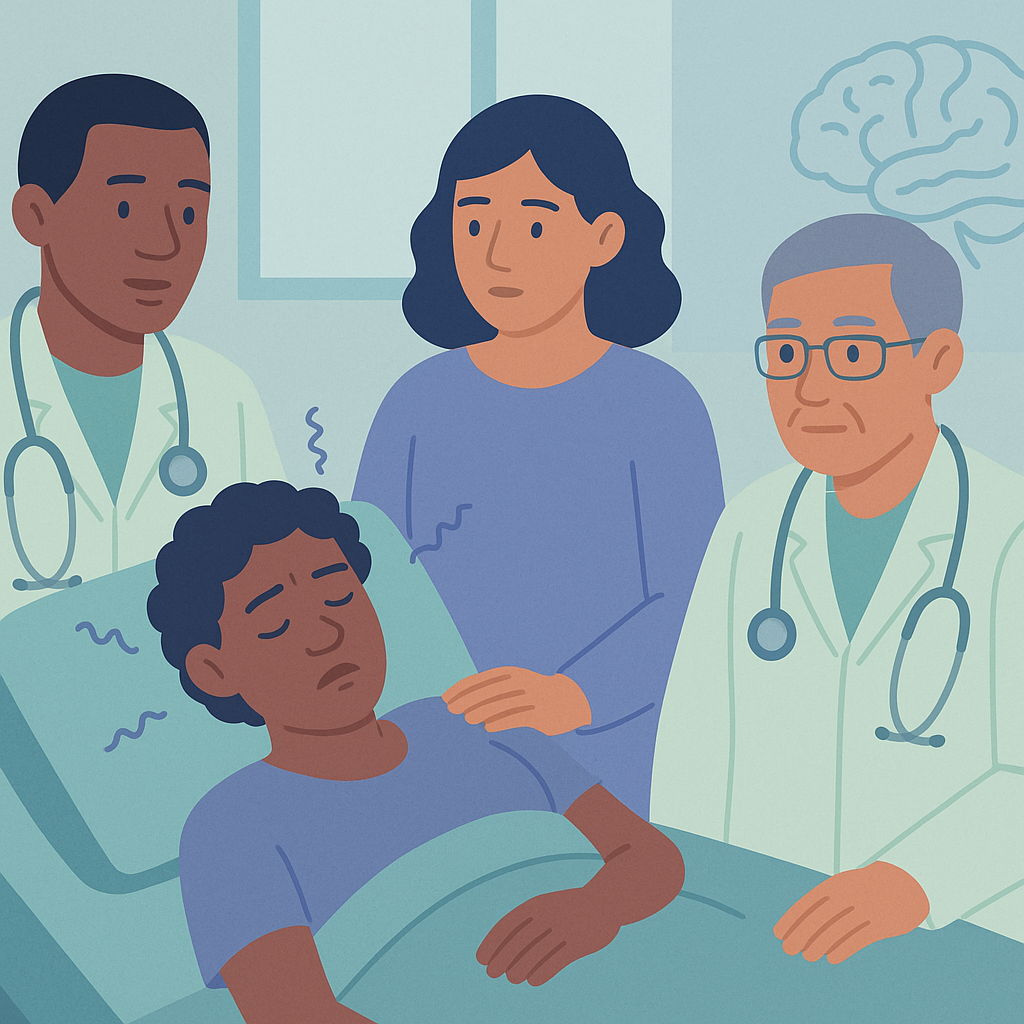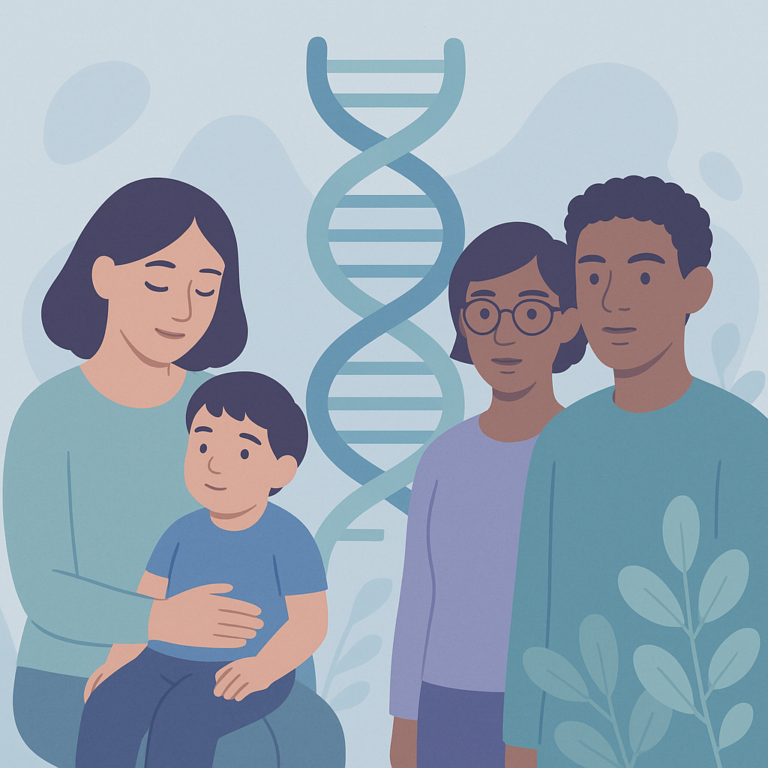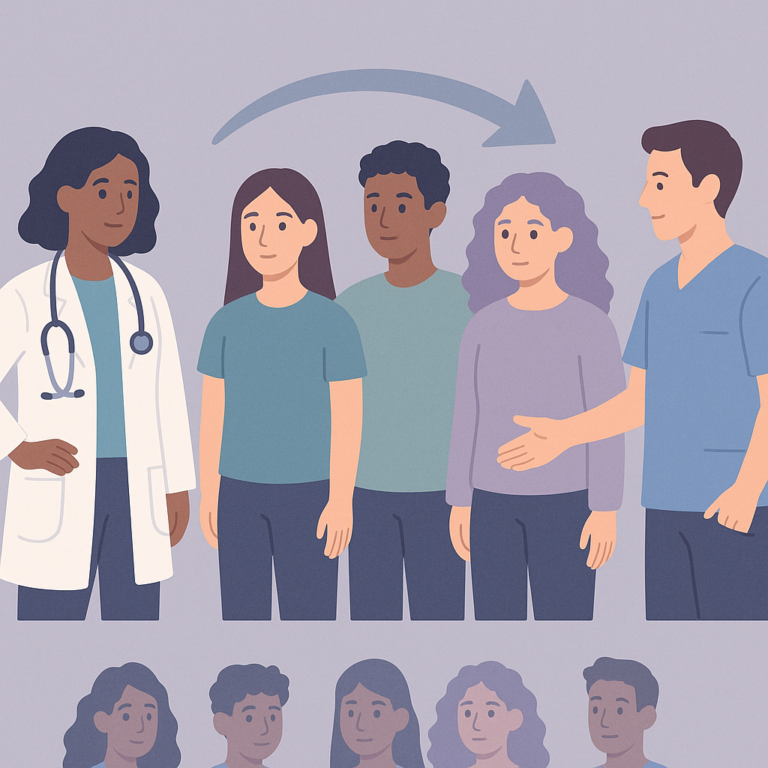Recognizing Early Seizures After Stroke Is Crucial
Source: Neurology international
Summary
This study looked at how to recognize early seizures that can happen after a stroke, focusing on adults who had either an ischemic stroke or a type of bleeding in the brain. Researchers reviewed various sources, including research studies, expert opinions, and clinical guidelines, to find out what methods are currently used to identify these seizures at the bedside. They searched through multiple medical databases for relevant literature published until April 2023.
The key findings showed that there is not much solid evidence on how to effectively recognize and monitor seizures after a stroke. Out of the thirty papers reviewed, many were opinions or guidelines rather than strong research studies. The researchers noted that there is a lack of detailed recommendations and agreement on the best ways to identify these seizures, which makes it harder for healthcare providers to know what to do in these situations.
This matters because recognizing and treating seizures early can significantly improve outcomes for stroke patients. However, the study also points out that there are gaps in the current knowledge and methods, meaning more research is needed to develop effective strategies for identifying seizures in acute stroke care. Without clear guidelines, patients may not receive the best possible care, which could lead to worse health outcomes.
Free: Seizure First Aid Quick Guide (PDF)
Plus one plain-language weekly digest of new epilepsy research.
Unsubscribe anytime. No medical advice.





